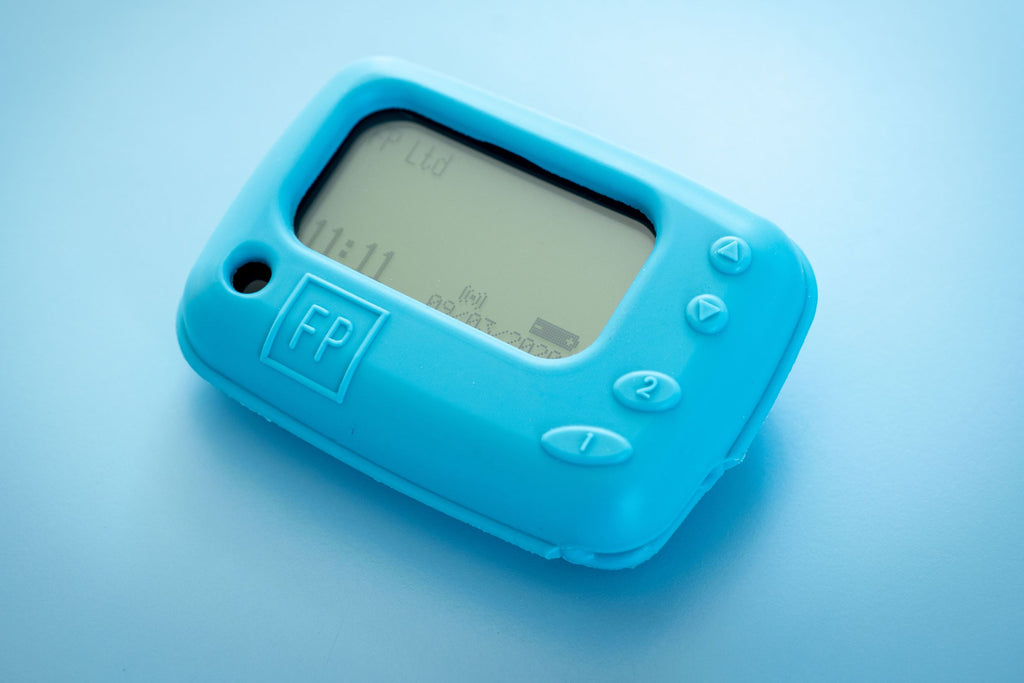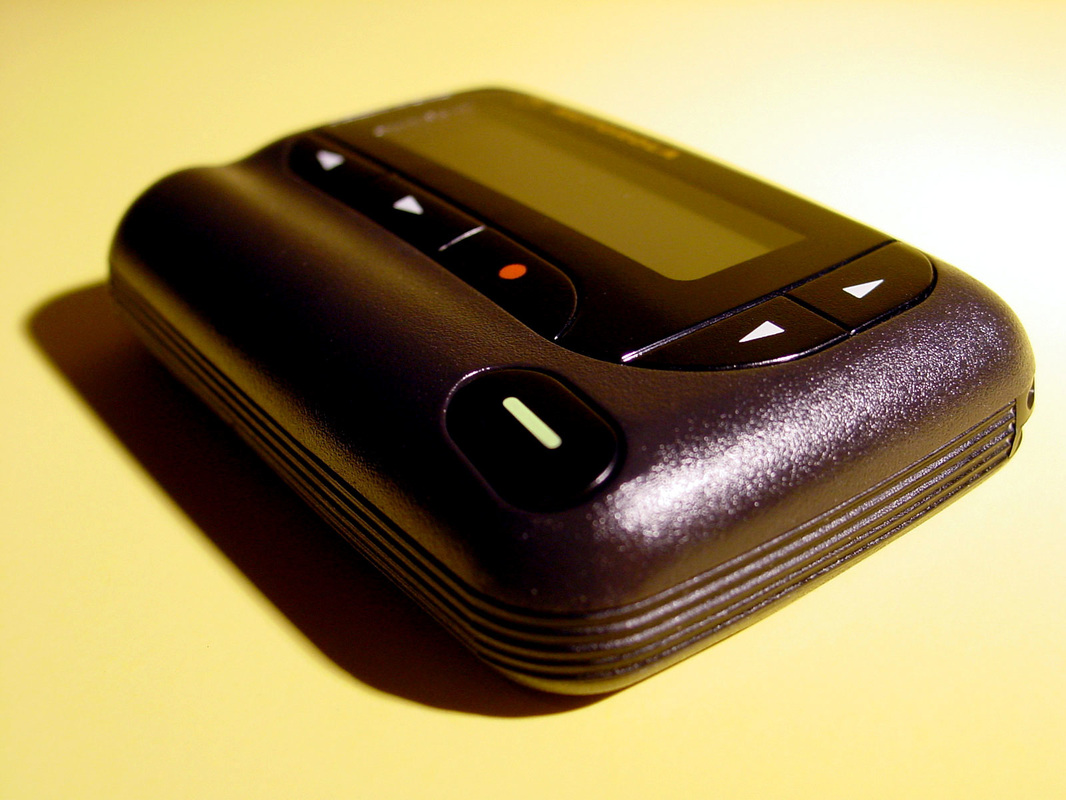

You can also use them in place of other characters that are difficult to type with a standard keyboard. Entities are frequently used to display reserved characters (which would otherwise be interpreted as HTML code), and invisible characters (like non-breaking spaces). Every character has a specific meaning and every converted entity code conveys the original message of that character.Īn HTML entity is a piece of text ("string") that begins with an ampersand (&) and ends with a semicolon ( ). HTML character encoder converts all the ASCII characters to their HTML entities. The HTML Encoder tool allows you to encode and decode immediately. The general format of an HTML character entity reference is &, followed by some code, and then followed by without any spaces in between. HTML character entity reference is a special set of characters (a code), which the browser displays as a special character or a symbol, corresponding to the entity reference code. Those ASCII characters must be encoded to properly display the output. Whenever text is copied from a webpage, our browsers directly copy the decoded characters that could not be displayed in the browsers. Web encoding properly displays the text or string in the browsers.

The type of encoding used is sent to the server in the form of header information so that it can be easily and correctly parsed by the browsers. HTML Encoding means to convert the document that contains special characters outside the range of normal seven-bit ASCII into a standard form. ASCII encoding supports only the upper- and lowercase Latin alphabet, the numbers 0-9, and some extra characters which make a total of 128 characters in all. 128 different characters are defined in it including English Letters, numbers and most common special characters. It was the first character encoding standard. ASCII is the most common character set or character encoding in use on computers and the most widely used character set for encoding text electronically. (Wikipedia)ĪSCII stands for American Standard Code for Information Interchange, is a character encoding standard for electronic communication. When an HTML document includes special characters outside the range of seven-bit ASCII, there are two aspects should be taken into consideration: the information's integrity, and universal browser display. HTML has been in use since 1991, but HTML 4.0 was the first standardized version where international characters were given reasonably complete treatment. HTML describes the structure of a web page semantically and originally included cues for the appearance of the document. Web browsers receive HTML documents from a web server or from local storage and render the documents into multimedia web pages. It can be assisted by technologies such as Cascading Style Sheets (CSS) and scripting languages such as JavaScript. HTML (Hypertext Markup Language) is the standard markup language for documents designed to be displayed in a web browser. The tool, also, allows you to decode the encoded characters and to convert the HTML code to JavaScript Unicode string.
#PAGER CODE TRANSLATOR FREE#
Hexadecimal is also commonly used to represent computer memory addresses.Use this online free HTML Encoder Tool to convert all the applicable characters to their corresponding HTML entities. Red, green, and blue are each represented by a byte that is two hex digits. Hexadecimal is also used in the Red-Green-Blue color system in computers. In hex you need two digits where you need 8 binary digits to represent a byte. Hex numbers represent large numbers compactly and are used in programming as computers use bytes as a unit of information. You can also go from hex back to binary bits if needed. Humans typically use a base 10 system, while for computer applications it is easier to work with hexadecimal than decimal.Īs hex saves space (either paper space or screen space), you can more efficiently use hex instead of a large number of ones and zeros.


While computers work with binary data, it can be difficult for humans to work with a large number of digits. The primary use of hex is a more people friendly way to represent the value. An example of a hexadecimal number is 3BF2. Computer science applications can use hexadecimal for binary coding in computing and digital electronics. The symbols include 0-9 and a-f (sometimes A-F). Hex or base 16 or hexadecimal is a numeral system that uses 16 symbols. Computers store text as numbers, and with hex you display the numbers not as a decimal number, but in base 16.


 0 kommentar(er)
0 kommentar(er)
